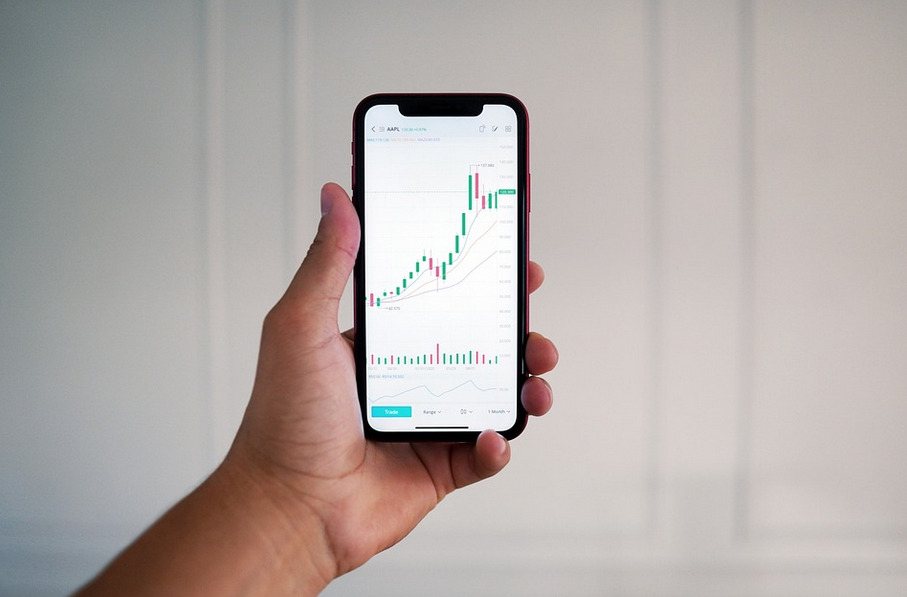In the intricate web of global trade, where goods cross borders, trade finance has long been a complex and paperwork-intensive process. However, the advent of blockchain technology is ushering in a new era of efficiency and transparency in supply chain financing. In this article, we’ll explore how blockchain is transforming trade finance, streamlining processes, and fostering a more accessible and secure environment for businesses engaged in international trade.
The Traditional Trade Finance Landscape

Traditional trade finance has been marked by a maze of paperwork, delays, and a multitude of intermediaries. Although good options like investing in silver bars and gold bullion are still high in demand, people begin to experiment with new ways of processing transactions.
While blockchain technology addresses the inefficiencies in the financial processes of global trade, silver bars represent a physical asset with intrinsic value and historical significance. The cumbersome nature of these processes often results in delays, increased costs, and a lack of transparency.
Blockchain: A Transparent and Decentralized Ledger
Blockchain, the technology behind cryptocurrencies like Bitcoin, operates as a decentralized and immutable ledger. Each transaction, or in the context of trade finance, each step in the supply chain, is recorded in a secure and transparent manner. This eliminates the need for a central authority, streamlining communication and significantly reducing the risk of errors or fraud.
Smart Contracts: Automating and Ensuring Compliance
At the heart of blockchain’s impact on trade finance are smart contracts. These self-executing contracts are programmed to automatically execute and enforce the terms of an agreement when predefined conditions are met. In trade finance, this means that payment, shipment, and other critical processes can be automated, reducing the need for manual intervention and minimizing the risk of disputes.
Real-Time Visibility: Tracking the Supply Chain Journey
Blockchain provides real-time visibility into the entire supply chain. Every party involved in the trade process has access to a single, shared version of the truth, eliminating discrepancies and reducing the time it takes to reconcile information. This transparency not only fosters trust among participants but also enables quicker decision-making and problem-resolution.
Mitigation of Fraud: Enhanced Security in Trade Transactions

Trade finance has historically been susceptible to fraud due to the complexity of transactions and the involvement of multiple parties. Blockchain’s cryptographic security features ensure that once a transaction is recorded, it cannot be altered. This tamper-proof nature enhances the overall security of trade transactions, reducing the risk of fraud and increasing confidence among participants.
Efficient Cross-Border Transactions: Reducing Delays and Costs
Cross-border transactions often involve multiple banks, each with its own set of procedures and delays. Blockchain streamlines these transactions by providing a single, shared platform where all parties can interact. This not only reduces the time it takes for transactions to be processed but also lowers costs associated with intermediary fees and currency conversion.
Empowered Small and Medium-Sized Enterprises (SMEs)
One of the notable advantages of blockchain in trade finance is its potential to empower SMEs. Traditionally, these smaller players faced challenges in accessing trade finance due to the stringent requirements imposed by banks. Blockchain’s decentralized and transparent nature levels the playing field, making it easier for SMEs to participate in global trade and access the financing they need to grow.
The integration of blockchain technology into trade finance heralds a new dawn for global commerce. The streamlined processes, enhanced security, and transparency offered by blockchain not only address the historical pain points of trade finance but also pave the way for a more inclusive and efficient ecosystem. As businesses around the world embrace this transformative technology, the future of trade finance looks brighter, more accessible, and capable of supporting the continued growth of international trade.




